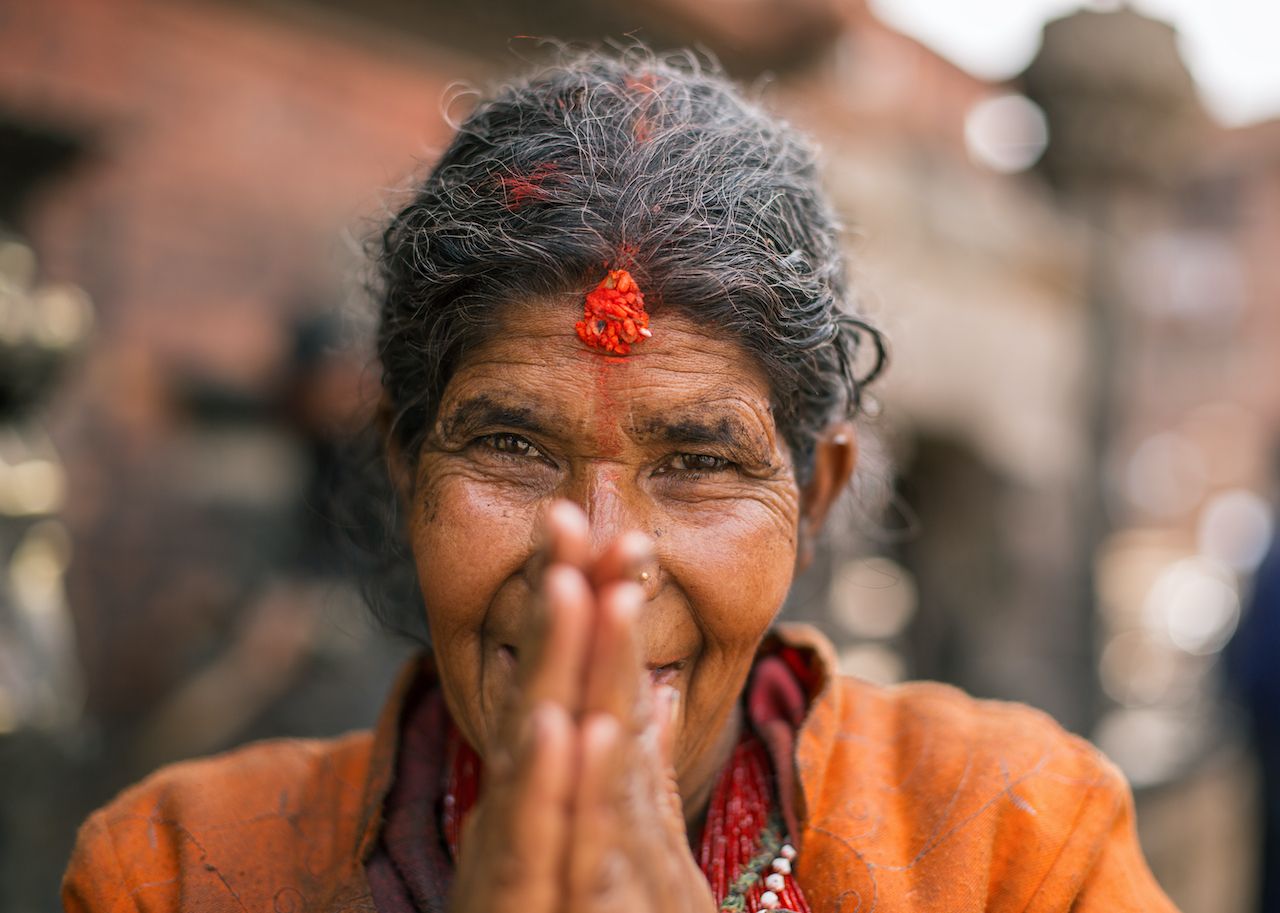“I don’t think we should ever shake hands ever again,” Anthony Fauci, director of the National Institute of Allergy and Infectious Diseases and member of the US Coronavirus Task Force, said last month.
Calling it a habit “we’ve got to break,” Fauci went on to call handshakes “one of the major ways that you can transmit a respiratory illness.”


